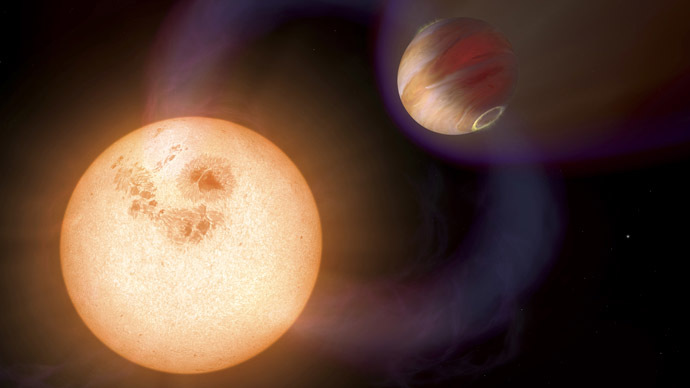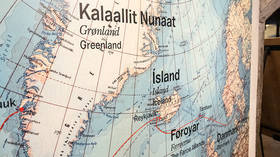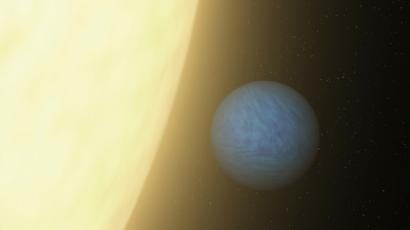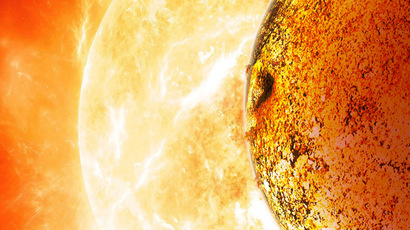‘Diamond’ planets more common than thought before, scientists say

Carbon-rich planets containing big deposits of diamonds and graphite could turn out to be more common than previously thought, Yale astronomers discovered. The findings trigger a debate on how the carbon environments impact climate, geology and life.
“Despite the relatively small amount of carbon on Earth, carbon has been critical for theemergence of lifeand the regulation of our climate through the carbon-silicate cycle,” Yale doctoral candidate, John Moriarty, told YaleNews.
“It’s an open question as to how carbon-rich chemistry will affect the habitability of exoplanets. We hope our findings will spark interest in research to help answer these questions,” Moriarty added.
Exoplanets are planets located outside Earth’s solar system. There are more than 1,000 confirmed exoplanets and more than 3,000 so-called “candidates.” It is generally considered that rocky exoplanets are composed, as Earth is, mostly of iron, oxygen, magnesium and silicon, with only a small fraction of carbon.
The new study has developed an advanced method of evaluating exoplanet composition: while previous models were founded on static snapshots of the gaseous pools (or disks) in which planets form, the new one focuses on the changes in the composition of the disk as it ages.
So, the scientists came to the conclusion that in disks with carbon-oxygen ratios greater than 0.8, carbon-rich planets can form farther from the center of the disk than previously thought. Plus, carbon-rich planets can form in disks with a carbon-oxygen ratio as low as 0.65, if those planets form close to their host star, YaleNews reported.
“An important question is whether or not our Earth is a typical rocky planet,” said professor Debra Fischer who participated in the study.
“Despite the growing number of exoplanet discoveries, we still don't have an answer to this question. This work further expands the range of factors that may bear on the habitability of other worlds,” she added.
John Moriarty led the research, which has recently been published in the Astrophysical Journal under the title “Chemistry in an evolving protoplanetary disk: Effects on terrestrial planet composition.”
Along with Moriarty, Yale astronomy professor Debra Fischer and Nikku Madhusudhan, a former Yale postdoctoral researcher now at Cambridge University, participated in the study.
"Our study shows that extraterrestrial worlds can be extremely diverse in their chemical compositions, including many that are drastically different from our earthly experience," Madhusudhan said.
The latest finding is not by any means the first one: in October 2012, the previously mentioned Indian astronomer, Nikku Madhusudhan, published a paper arguing that 55 Cancri e, a rocky exoplanet twice Earth’s size, is likely to be covered in diamond and graphite.














